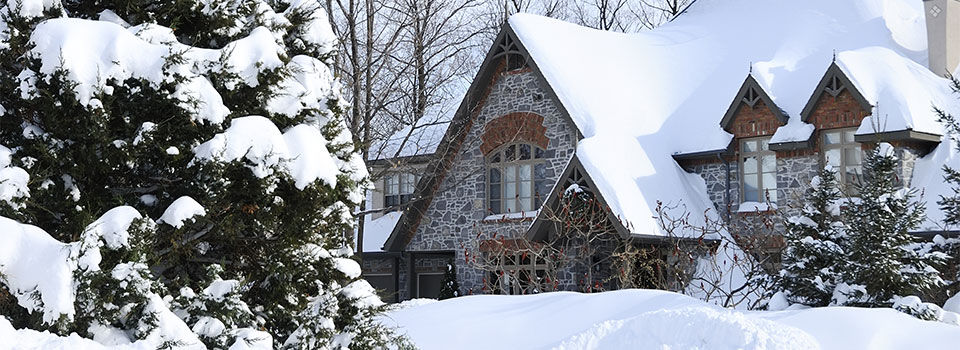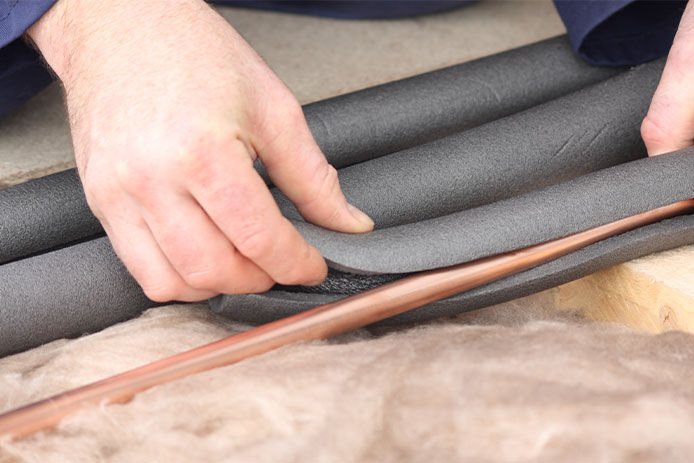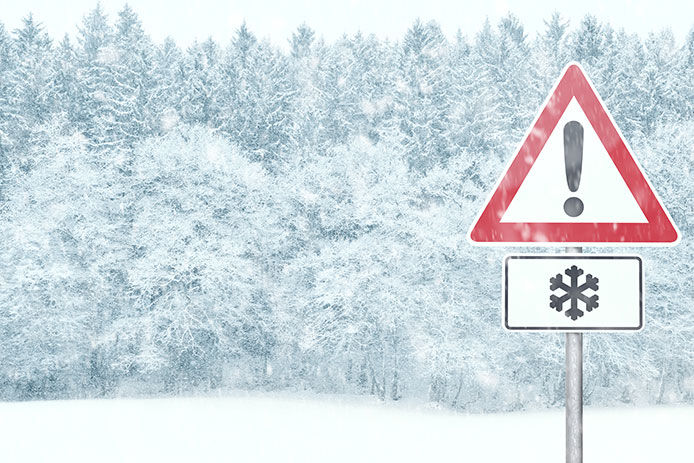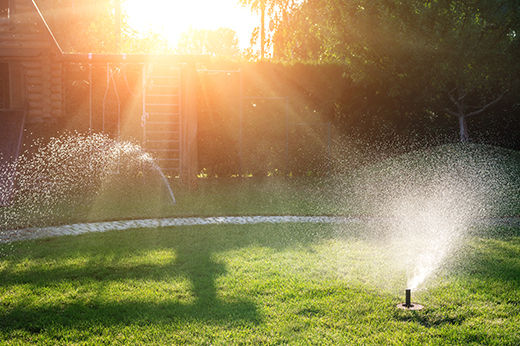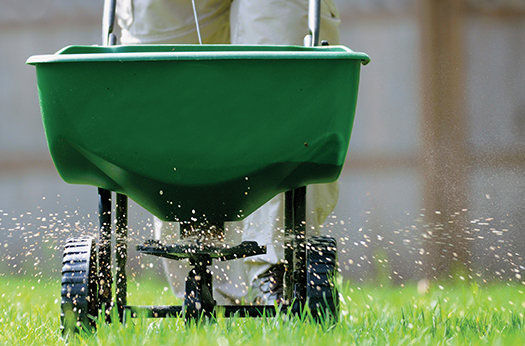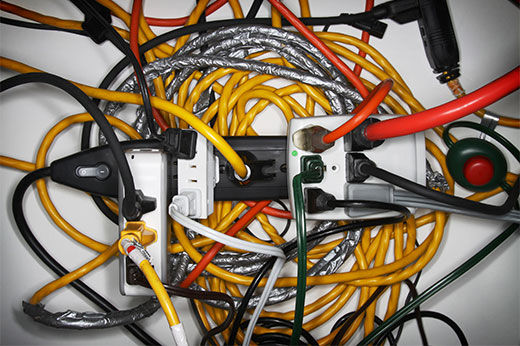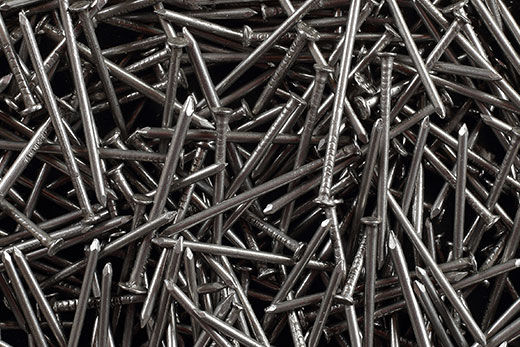Don’t wait for the first flakes of snow to fall to start preparing for winter. With a few pieces of key equipment in your home and some planning, you can handle even the biggest blizzards without panic or fear. However, never be afraid to shut your home up tightly and evacuate if there is any question that you’ll lose power or heat during the storm and have to travel over unsafe roads.
While do-it-yourself projects can be fun and fulfilling, there is always a potential for personal injury or property damage. We strongly suggest that any project beyond your abilities be left to licensed professionals such as electricians, plumbers, and carpenters. Any action you take upon the information on this website is strictly at your own risk, and we assume no responsibility or liability for the contents of this article.
